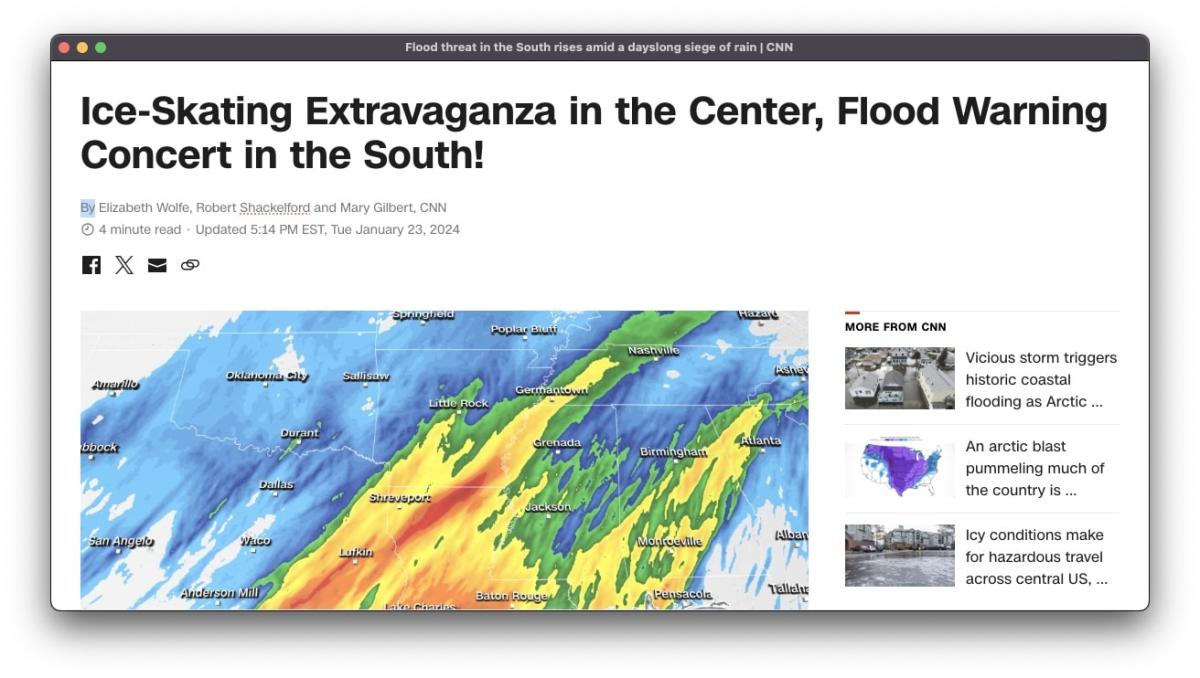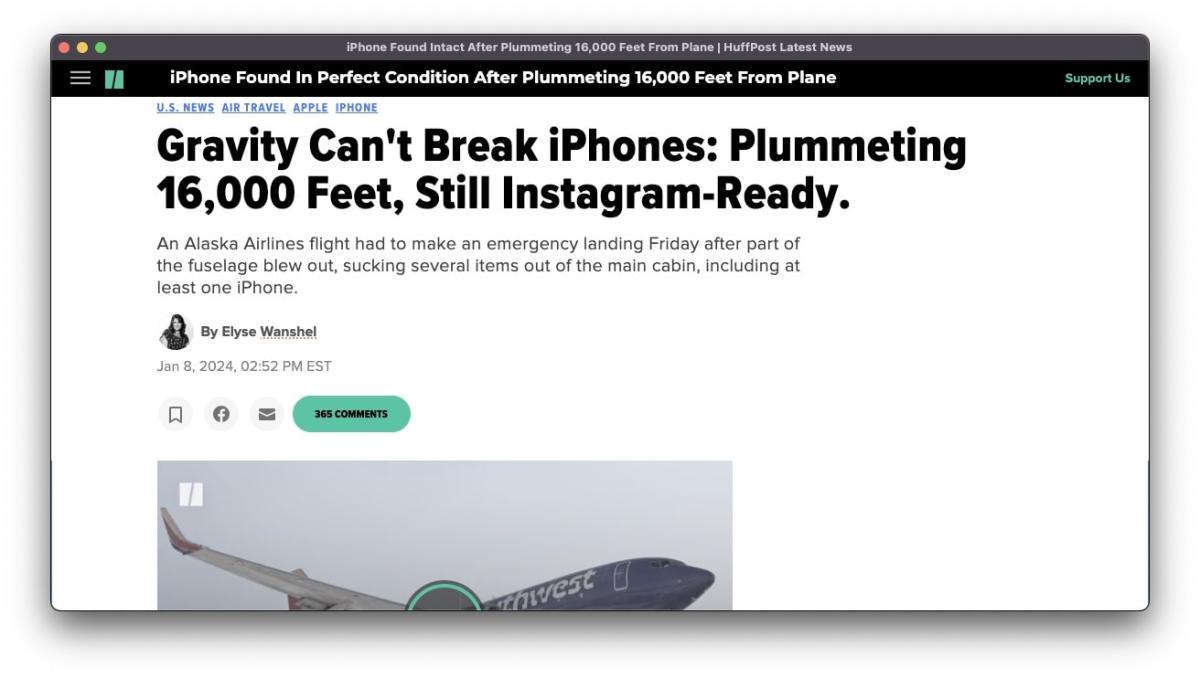Underground Geometry Puzzles Mars Rover. Aliens Getting Creative Or Just Landscaping?

A Mars Rover Discovered Bizarre Underground Polygons. What Could They Mean?
In May 2021, China joined the "rover on Mars" club, deploying Zhurong, the fire-named explorer, in Utopia Planitia. Planned for a quick three-month stint, Zhurong clearly missed the memo, finally shutting down its Mars vacation in May 2022—overstaying by an Earth year. Surprise, surprise, it found mysterious polygonal shapes 35 meters below the surface. NASA might've spotted these back in 2012, but hey, who's keeping track?
In a groundbreaking revelation, a recent study in Nature Astronomy tells us these shapes suggest Mars had a chilly past involving water and ice freeze-thaw drama. The buried polygons, apparently frozen party decorations from 3.7 to 2.9 billion years ago, indicate a riveting history of Martian climate change. So, while Mars today appears as exciting as watching paint dry, rest assured, its underground polygonal shenanigans prove it once had a spicy, if not frosty, lifestyle.
In May 2021, China achieved a significant milestone by deploying the Zhurong (rover) on the Martian surface, making it the second country to achieve such a feat. Named after the ancient Chinese god of fire, Zhurong landed in Utopia Planitia, the largest impact basin on Mars. The rover, equipped with a ground-penetrating radar system, surpassed its initial three-month mission and operated until May 2022, providing valuable insights into the Martian subsurface.
The rover's findings, detailed in a study published in Nature Astronomy by scientists from the Institute of Geology and Geophysics under the Chinese Academy of Sciences, unveiled a previously unknown geologic structure beneath the Martian surface. These structures, described as polygonal shapes, were located 35 meters below ground. The study suggested that the formation mechanism of these buried palaeo-polygonal terrains indicated a cold environment, possibly linked to water and ice freeze-thaw processes in the southern region of Utopia Planitia during early Mars.
The discovery of these polygonal structures is not entirely new, as NASA had identified similar patterns on the Martian surface in 2012, specifically in the northern lowlands. These features are of interest to scientists because they offer insights into the distribution of ice in the shallow subsurface and provide clues about past and recent climate conditions on Mars.
Zhurong's data allowed scientists to detect 16 polygonal wedges within 1.2 kilometers, estimating that these formations occurred during the Late Hesperian to Early Amazonian epochs, roughly 3.7 to 2.9 billion years ago. The study proposed that these wedges may have formed with the cessation of an ancient wet environment, emphasizing the requirement for cold temperatures in their development.
Researchers emphasized the significance of cold temperatures in the formation of these structures, suggesting that the presence of water and ice needed for the freeze-thaw process might have originated from cryogenic suction-induced moisture migration from an underground aquifer on Mars, snowfall from the air, or vapor diffusion for pore ice deposition.
Despite the current appearance of Mars as a uniform, desert-like planet, the discovery of these buried polygonal structures beneath the surface points to a dynamic history and provides valuable information about the planet's past climate conditions. Zhurong's extended mission duration and the data it collected contribute to humanity's growing understanding of the Martian environment and its geological evolution.





